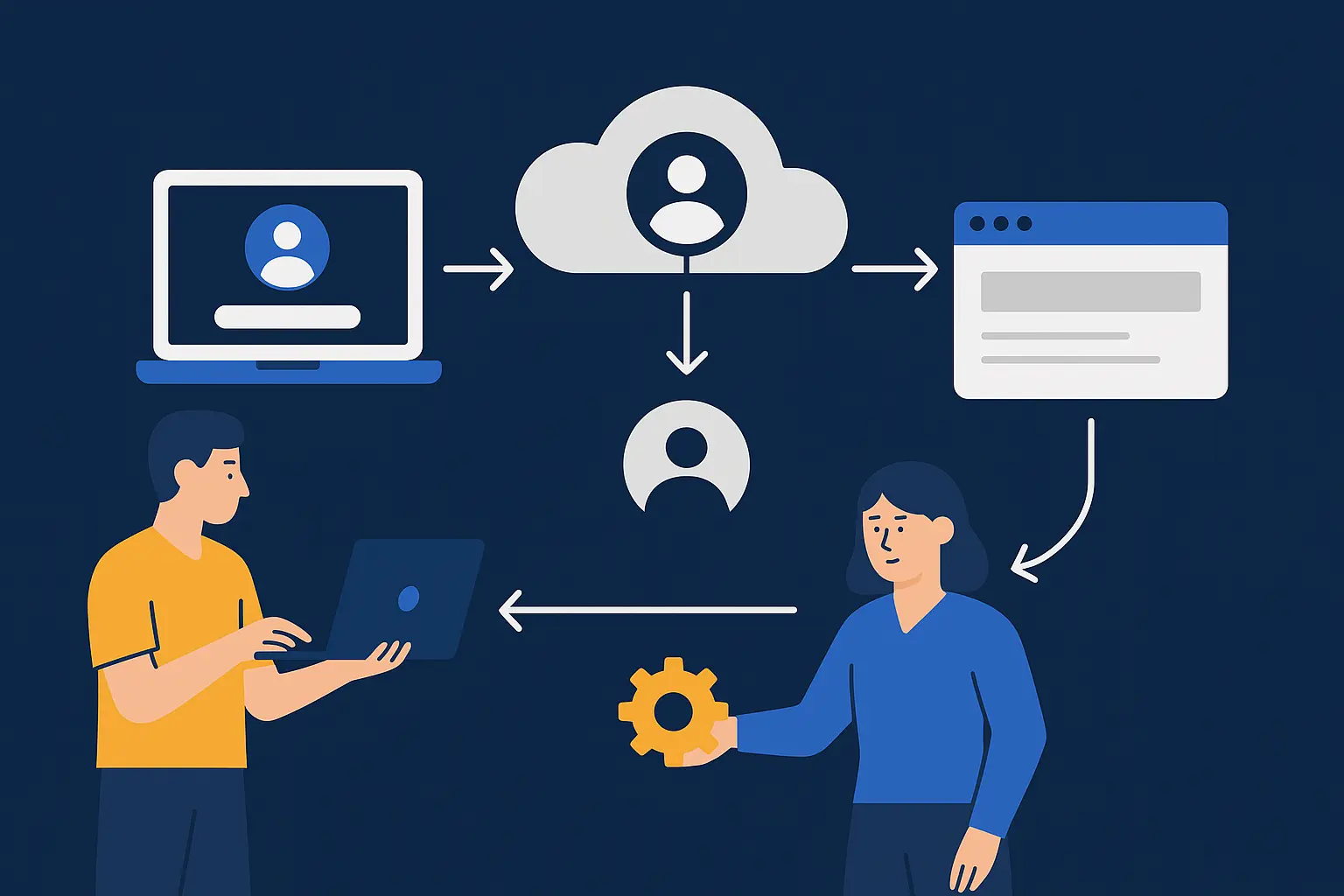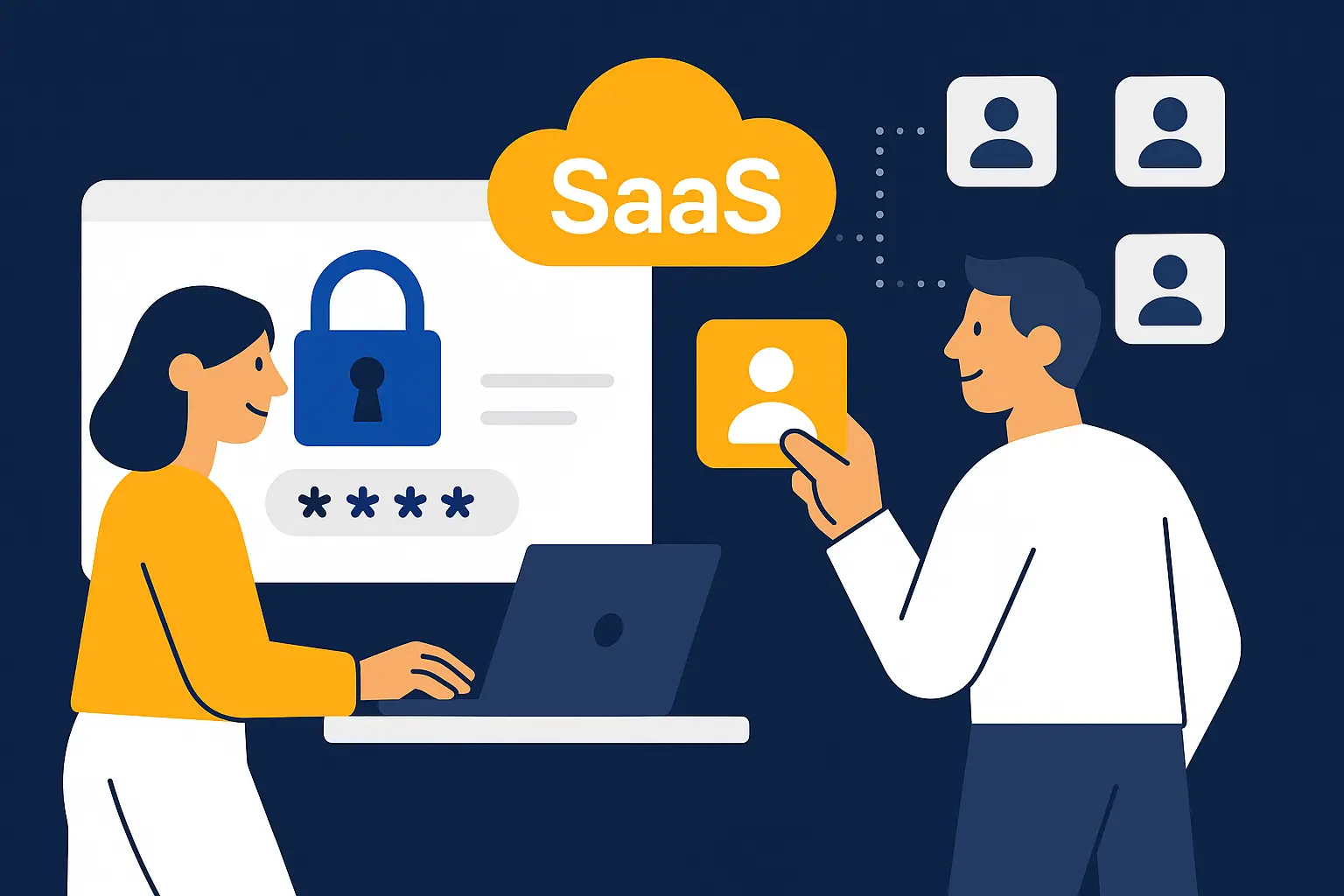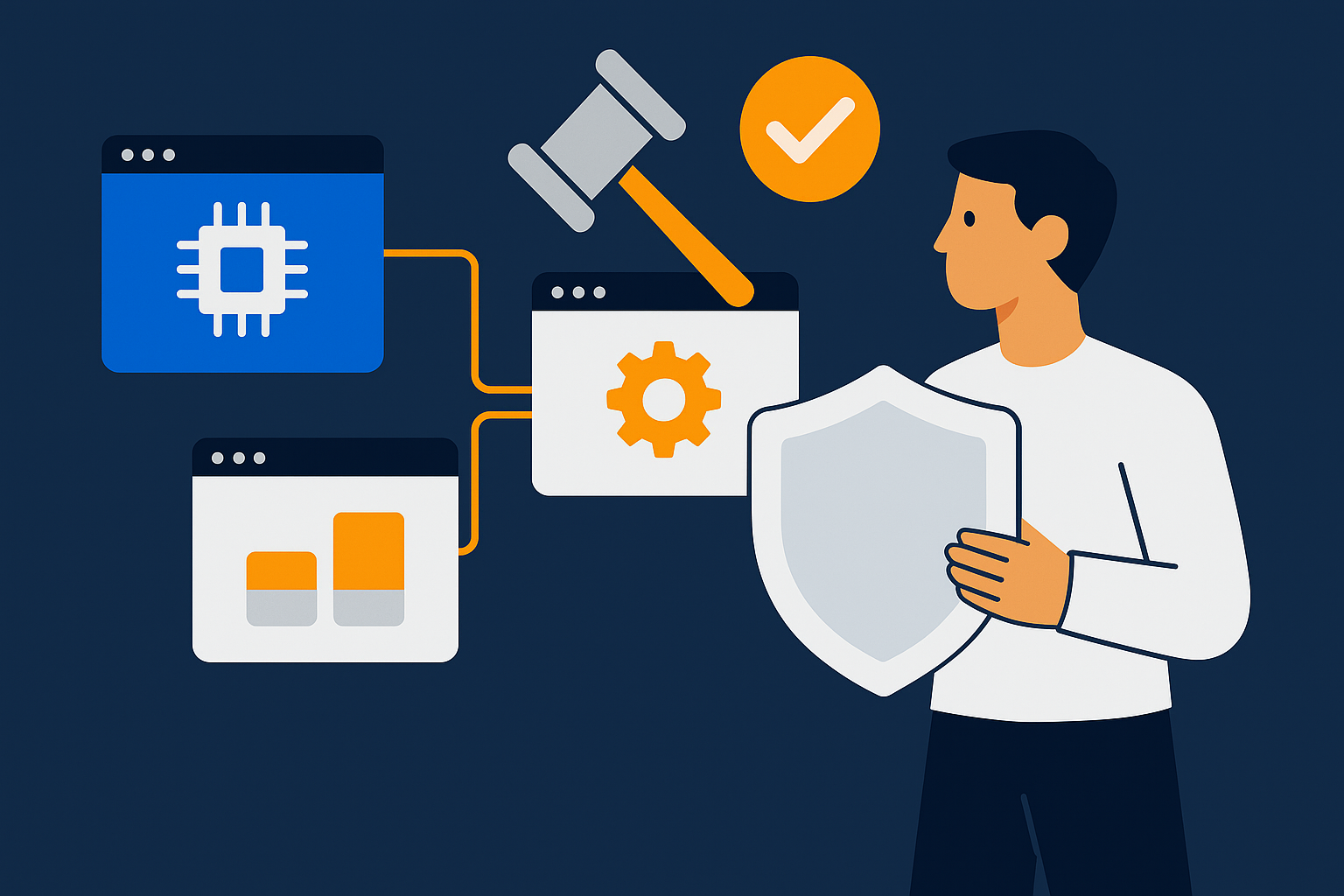Introduction
Enterprise buyers appreciate a promising MVP—until it fails a security review. For many digital products, postponing Single Sign-On (SSO) and automated provisioning creates blockers that stall pilots, extend sales cycles, and increase cost of ownership.
The good news: adding enterprise identity doesn’t require a complete rewrite. With the right architecture and a phased delivery plan, your MVP can integrate SAML-based SSO and SCIM provisioning quickly, safely, and in a way that scales.
This playbook distills CoreLine’s approach to designing and delivering enterprise identity for high-growth applications. Whether you are a startup founder chasing your first enterprise clients or a product leader at a scale-up, this framework aligns engineering, product, and sales teams around a practical, staged roadmap.
Why enterprise identity unlocks growth

Enterprise customers evaluate identity and access management early in the buying cycle. Without SSO and provisioning, even the strongest MVP may never reach pilot approval. Establishing enterprise-grade identity:
- Builds trust with InfoSec and IT teams
- Reduces friction in onboarding large user bases
- Lowers long-term engineering costs by avoiding custom provisioning hacks
- Accelerates time-to-contract with enterprise buyers
The playbook at a glance

- Phase 1: Establish authentication foundation
- Phase 2: Implement SAML-based SSO
- Phase 3: Enable SCIM provisioning
- Phase 4: Provide administration & monitoring tools
- Phase 5: Plan for scale and compliance
Phase 1: Authentication foundation
Core capabilities
- Centralized identity model with multi-tenant support
- Strong password policies and MFA enforcement
- Standardized session management and token handling
Implementation tips
- Design a modular authentication layer that can expand to SSO without major refactoring.
- Plan early for tenancy—enterprise buyers will require clear separation of org-level controls.
Phase 2: Implementing SAML SSO
Core capabilities
- Support for SAML 2.0 flows (SP-initiated and IdP-initiated)
- Metadata exchange with providers like Okta, Azure AD, and Google Workspace
- Configurable settings at the tenant level
Implementation tips
- Provide administrators with copy-paste friendly metadata and clear setup instructions.
- Support test tenants to simplify integration and troubleshooting.
CoreLine example
For a SaaS productivity tool, CoreLine added SAML support with tenant-specific metadata. This reduced IT onboarding time from weeks to days and unlocked enterprise pilots.
Phase 3: SCIM provisioning
Core capabilities
- SCIM 2.0 for automated user lifecycle (create, update, deprovision)
- Role synchronization between IdP and application
- Error handling and retry strategies for provisioning events
Implementation tips
- Treat provisioning as a product feature: document synced attributes, provide sample payloads, and maintain clear error logs.
- Offer both push- and pull-based provisioning for flexibility.
CoreLine example
In a healthcare analytics platform, CoreLine implemented SCIM endpoints with attribute-based role mapping. Automated provisioning cut IT overhead by 60% and satisfied HIPAA-related onboarding requirements.
Phase 4: Admin & monitoring tools
Core capabilities
- Admin dashboards with SSO and provisioning health indicators
- Logging and alerting for failed login attempts and provisioning errors
- Exportable reports for compliance audits
Implementation tips
- Build admin tools with non-technical IT staff in mind—clarity and visibility matter more than technical detail.
Phase 5: Scale and compliance
Core capabilities
- Support for regional data residency requirements
- Configurable retention policies for identity-related logs
- SOC 2 and ISO 27001 alignment for security questionnaires
Implementation tips
- Embed compliance alignment into the roadmap early; retrofitting is costly.
- Document policies and publish a trust center for transparency.
Why you shouldn’t miss this playbook
- Practical, phased roadmap for adding SSO and provisioning
- Clear examples from CoreLine’s enterprise projects
- Implementation tips to avoid common pitfalls
- Guidance for balancing speed with compliance requirements
Practical information
- Applicable to: MVPs, SaaS products, enterprise applications
- Ideal for: founders, CTOs, product managers, engineering leads
- Outcome: staged identity roadmap, implementation guides, compliance alignment
Conclusion
Enterprise identity is not just a security requirement—it’s a business enabler. By integrating SSO and SCIM provisioning early, you create smoother onboarding, reduce InfoSec resistance, and accelerate enterprise sales cycles.
CoreLine helps digital products adopt enterprise-ready identity with speed and precision. From MVP development services to scaling full enterprise platforms, we provide the expertise to deliver the right features at the right time.
Ready to unlock enterprise growth with identity? Let’s talk



